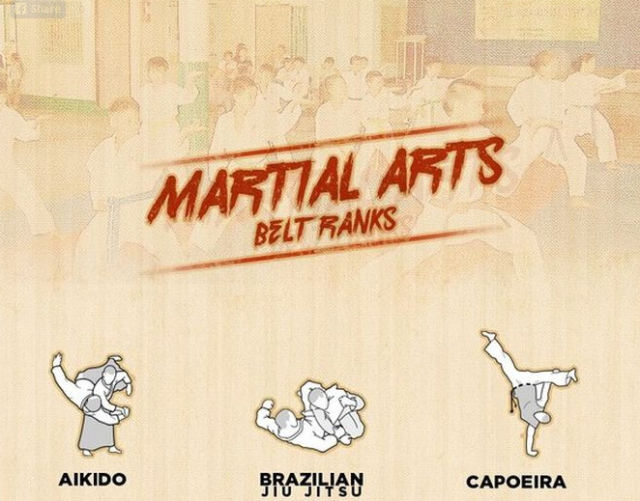Exploring The Differences In Between Conventional Martial Arts And Contemporary Combat Sports
Exploring The Differences In Between Conventional Martial Arts And Contemporary Combat Sports
Blog Article
Post Created By-Valentine Haagensen
When you consider martial arts, do you lean extra toward the standard techniques or the modern combat sporting activities? Each course uses special advantages and experiences, formed by their ideologies and training methods. Conventional martial arts stress personal growth and technique, while modern fight sports concentrate on competition and efficiency. Comprehending these differences can assist you in picking the appropriate method for your trip. Yet how do these distinctions show up in training and approach?
The Philosophy and History Behind Typical Martial arts
While lots of people associate martial arts with physical battle, the approach and background behind traditional martial arts run much deeper. You'll discover that these techniques emphasize personal growth, discipline, and regard.
Originating from old techniques, typical martial arts were commonly created for Self-Defense and spiritual development. https://caidenedaof.bloggosite.com/42064710/martial-arts-training-locating-the-right-balance-of-speed-and-accuracy embody principles such as equilibrium, consistency, and self-constraint, directing experts beyond simple fighting abilities.
As you train, you'll not just learn techniques but also obtain understandings into the culture and worths that shaped these arts. The rituals and customs, frequently given via generations, promote a feeling of community and belonging.
The Affordable Nature of Modern Combat Sports
Modern combat sports have actually changed the landscape of martial arts into a highly affordable sector, where professional athletes take on in a test of skill, technique, and endurance.
You'll notice that competitors are often organized with rigorous guidelines and regulations, guaranteeing fair game and safety and security. These occasions bring in huge target markets, fueling the enjoyment and strength of competitions.
Athletes educate carefully, not just for physical prowess however also for mental sturdiness, understanding that every detail counts in the ring. https://www.ozarksfirst.com/news/missouri-news/missouri-martial-arts-instructor-facing-child-porn-charges/ throughout competitions is apparent, as competitors press their limits to assert victory.
Followers value the athleticism and artistry entailed, making modern fight sports a thrilling phenomenon that remains to progress and mesmerize lovers around the world.
Training Techniques and Methods: A Comparative Analysis
The affordable environment of modern combat sporting activities needs innovative training methods that differ substantially from traditional martial arts.
In modern training, you'll focus on specific methods, competing, and conditioning, commonly utilizing drills that replicate real battle circumstances. You'll see a focus on measurable performance and constant competition to examine your abilities.
On pop over to this web-site , traditional martial arts focus on types, katas, and philosophical trainings, often emphasizing self-control and regard over competitors.
Training is typically much less intense and may involve recurring technique rather than real-time sparring.
While both methods build ability and fitness, modern-day combat sports offer a much more dynamic and adaptable training environment, preparing you for immediate difficulties in the ring or cage.
Select the course that aligns with your goals and rate of interests.
Conclusion
In choosing in between typical martial arts and modern-day battle sports, it really boils down to what you value many. If you're searching for personal growth, technique, and a sense of community, conventional arts might be your best fit. Yet if you grow on competition and real-time difficulties, modern-day fight sporting activities could be the method to go. Eventually, both paths offer special benefits, so it's all about aligning your training with your personal goals and rate of interests.
